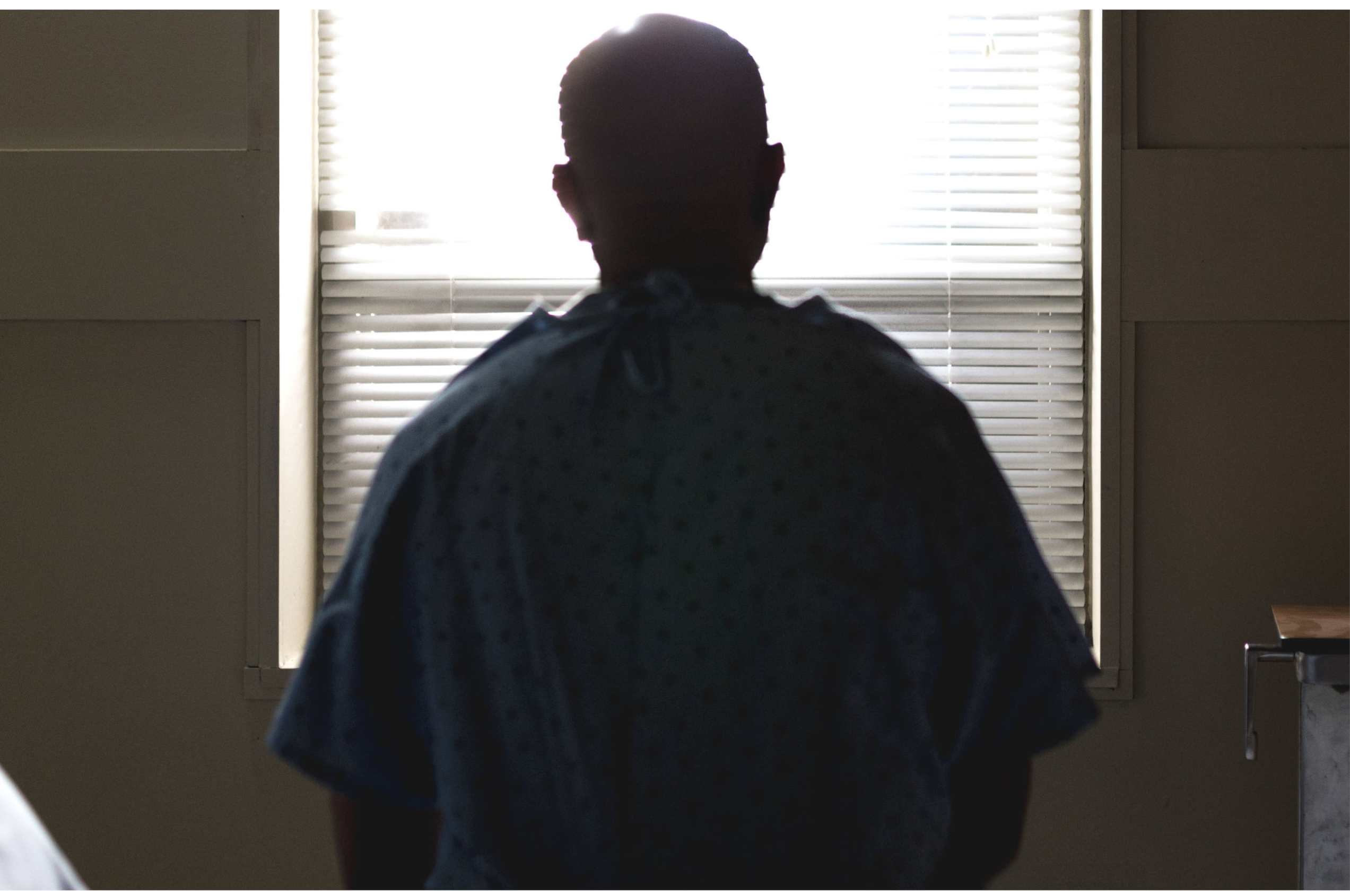Heart disease and strokes are the two biggest causes of death worldwide, according to the World Health Organization. Every year, more than 11% of clinical deaths in America are attributed stroke; a sudden interruption in blood circulation to the brain, and this figure is unfortunately rising. Despite this, preventing a stroke involves very little effort.
Are You At Risk?
When the blood supply to the brain abruptly stops, a stroke occurs. This can happen as a result of the major artery delivering blood to the brain as well as the small intracerebral arterioles closing, constricting, or rupturing. As a result, the brain does not receive the required amount of blood containing nutrients and oxygen.
Who is at risk for a stroke? According to the Mayo Clinic, people over the age of 55, particularly men, are at risk. African Americans and Hispanics are more likely to suffer a stroke than those of other races or ethnicities, as are people whose parents have had a stroke in the past. This problem may also arise more commonly in people who have already had a stroke or a transient ischemic attack. Some genetic disease syndromes or illnesses may potentially predispose to this situation (Fabry disease or Marfan syndrome).
So much for the risk factors that cannot be changed, or those that are outside of our control. There are many people who are dependent on us, though, and we may prevent them by taking the right steps.
Begin By Checking Your Blood Sugar Levels And Blood Pressure
One of the fundamental diagnostic parameters to pay attention to is the measurement of blood pressure. If accurate, it typically falls between 50 and 90 mm Hg (diastolic) and 90-135 mm Hg (systolic) (diastolic). An adult’s blood pressure is thought to be 120/80 mm Hg on average. It is beneficial to take a blood pressure reading of them on a regular basis at home.
This is crucial because one of the main risk factors for stroke, excessive blood pressure, multiplies the likelihood of occurrence by up to four! Regrettably, chronic hypertension may not show any signs. Serious health problems only arise over time and when they are not under control. One of them raises the risk of stroke and is atherosclerosis.
The same is true of type 2 diabetes. According to estimates, up to 25% of stroke sufferers may also have diabetes. A good diet, frequent exercise, and regulation of body weight, blood sugar, blood pressure, and blood pressure can all help avoid this disease.
Maintain A Healthy Weight And Engage In Exercise
Body weight and the risk of stroke are strongly correlated. Since obesity and overweight are linked to both diabetes and hypertension, the conditions that increase the risk of stroke are interrelated. The range for a healthy BMI is 18.5 to 24.99.
Physical exercise, combined with adequate nutrition based on the Mediterranean diet, contributes in maintaining a healthy weight. Engaging in at least 30-40 minutes of moderate-intensity exercise each day reduces our chance of suffering a stroke or other cardiovascular diseases.
Exercise also helps prevent heart disease by decreasing cholesterol, blood pressure, and improving heart parameters. According to clinical trials reported in the publication „Physical activity and stroke risk: a meta-analysis” by Chong Do Lee, Aaron R. Folsom, and Steven N. Blair, physically active adults have a 27% lower stroke risk.
Tobacco Cessation
Quit smoking, no matter how long you’ve been doing it. According to studies, even smokers with several years of experience benefit substantially from quitting smoking. Why should you quit smoking? For example, as a result of this data:
- As many as 40% of all stroke victims are smokers,
- Compared to non-smokers, nicotine addicts are 1.5 times more likely to experience a stroke,
- When someone who has been smoking 20 cigarettes per day stops, their risk of stroke drops to that of someone who hasn’t smoked in two to five years. li>
There is a clear link between nicotine addiction and stroke because smoking increases the atherosclerotic process. With each cigarette, the thickness of the atherosclerotic plaque in the smoker’s carotid arteries rose. As a result, a stroke and arterial blockage are more possible results.
Addictions other than smoking cigarettes have a negative impact on the circulatory system. Misuse of alcohol has harmful consequences as well; it even increases the risk of hemorrhagic and ischemic stroke!
Time To Unwind
Stress is one of the elements that influence the occurrence of a stroke that we frequently underestimate. If it is powerful and persistent, it might exacerbate problems with the cardiovascular system. An intriguing study undertaken by the American Heart Association demonstrates this.
Researchers recruited around 6,700 persons of both sexes in the early 2000s, with 38.5% being white, 27.8% African American, 11.8% Chinese, and 21.9% Hispanic. None of the participants had a history of cardiovascular disease. Specialists examined the psychological profiles of the respondents based on the survey results. They were then followed for an average of 8.5 to 11 years. 147 strokes and 48 occurrences of TIA, or transient ischemic attack, were observed over this time period. Participants with depression symptoms had an 86% increased risk of having a stroke, whereas those with chronic stress had a 57% increased risk. This demonstrates that psychological variables have a significant influence on the occurrence of strokes.
What makes this possible? According to the researchers, negative emotions and stress activate the hypothalamic-pituitary-adrenal axis, which affects blood coagulation. It is also said that stress causes inflammation in the body, but there is insufficient data to support this claim.
The ability to relax and rest, as well as receive enough sleep, should thus be the foundation of stress management. It is worthwhile to invest in breathing exercises, active rest, and separating work time from personal time.
How Can You Protect Yourself From A Stroke?
The non-modifiable stroke risk factors described earlier are only the tip of the iceberg; whether we get sick is also influenced by the „bricks” we add: lack of exercise, abdominal obesity, hypertension, poor diet, smoking cigarettes… According to the study „Risk factors for ischaemic and intracerebralhaemorrhagic stroke in 22 countries (the INTERSTROKE study): A case-control study” published in the Lancet medical journal in 2010, these 5 factors account for 80% of the occurrence of ischemic stroke!
These statistics alone demonstrate how much control we have on whether or not we have a stroke. The primary method of preventing cerebral circulation problem is to change one’s lifestyle. Still, not enough people are concerned about this issue – it is estimated that a stroke kills someone every 6 seconds around the world…




